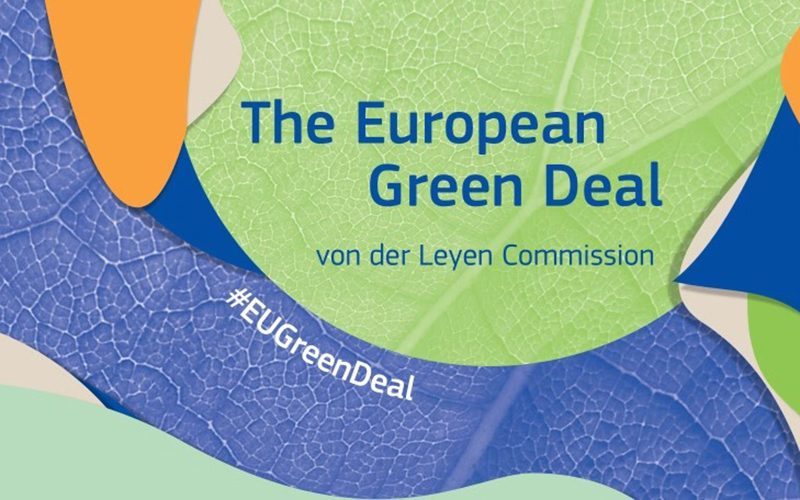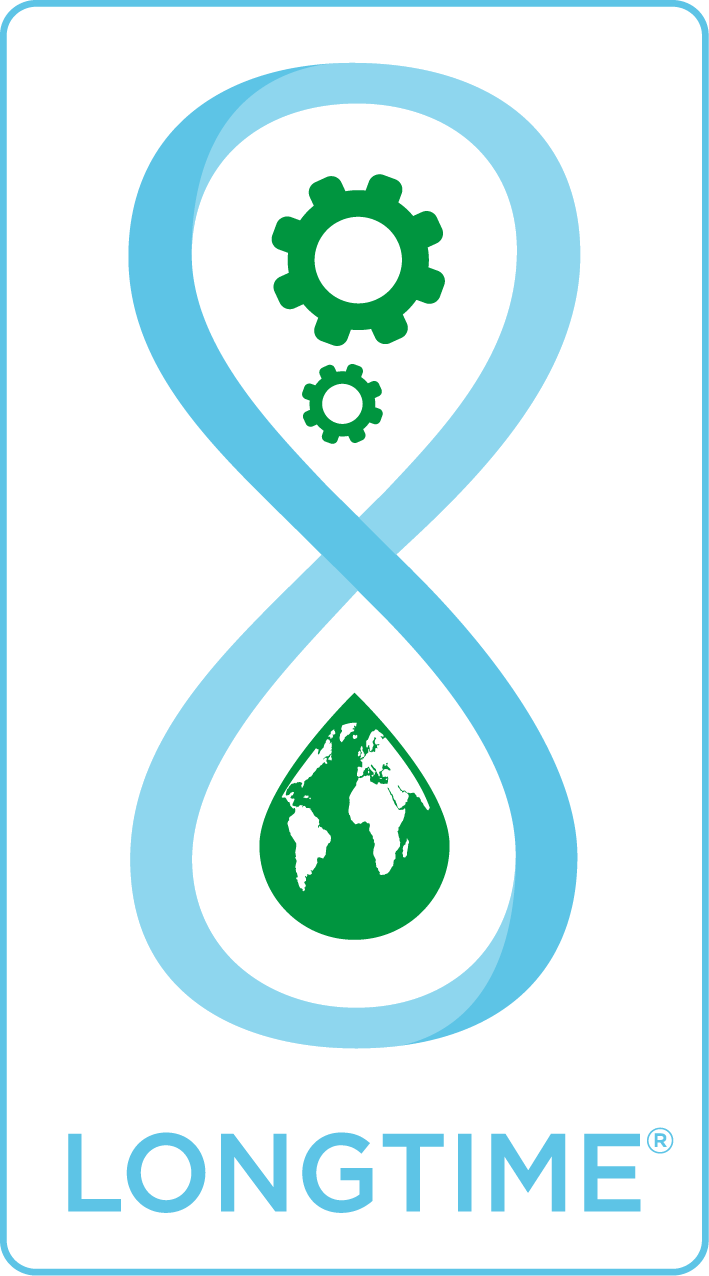
Circular economy | EU presents ambitious plan for sustainable products and the right to repair
As part of the European Green Deal, the European Commission presented its new action plan for a circular economy on March 11, 2020. This far-reaching strategy for a clean, resource-efficient economy will not only counteract the exploitation of our planet, but also make an important contribution towards achieving climate neutrality. The Juncker Commission had already presented a very successful first action plan in 2015. This included a wide-ranging package of measures to reform EU waste rules, the European plastics strategy and eco-design rules for electrical appliances.
The new plan describes the policy framework envisaged by the European Commission. By 2050, the EU wants to systematically recycle raw materials and resources, transforming the current wasteful “take-make-use-dispose” economic model into a sustainable system. In concrete terms, this means that sustainable products, services and business models must become the norm.
By offering manufacturers guidelines for implementing sustainability in their production processes, and by promoting sustainable products, LONGTIME® is fully in line with EU objectives.
What’s in the action plan?
The new circular economy package places particular emphasis on the design of sustainable products.
The Commission is particularly interested in those product groups that consume the most resources and are poorly recycled. These include certain electrical and electronic appliances, batteries, textiles, food products, packaging and building materials.
At the heart of the new action plan are rules for raw materials, intermediate products and consumer durables.
To this end, the Commission will set concrete requirements for product sustainability. Sustainability will be assessed on the basis of, among other things, product lifespan, repairability, resource consumption, carbon footprint and the presence of hazardous chemicals.
For electronic devices, in particular, the Commission is presenting far-reaching plans to extend the life of cell phones, tablets, laptops and printers. To this end, the reconditioning and reparability of these products will be improved. Manufacturers should be encouraged to allow hardware upgrades and offer longer software updates. One of the objectives is to introduce shared loaders. To improve battery collection and recycling, the Commission will draw up sustainability and transparency requirements for batteries. These will be published later this year.
The Commission also plans to strengthen consumer rights. It will revise European consumer legislation and establish a new “right to repair”.
The LONGTIME® label shares this objective by defending a right to repair with “Right to Repair”.
This should make it easier for all consumers to access practical and affordable repair services, spare parts and repair instructions. Here too, electronic devices are a priority. In this context, the Commission will also examine the extension of guarantees given to consumers by manufacturers and distributors, as well as economic instruments enabling Member States to use VAT rates to promote repair services.
Ambitious targets for reducing absolute resource consumption in the EU, which featured in an initial draft action plan, are not part of the final strategy. The measures announced today are therefore not part of a clearly formulated framework for reducing the EU’s ecological footprint.

